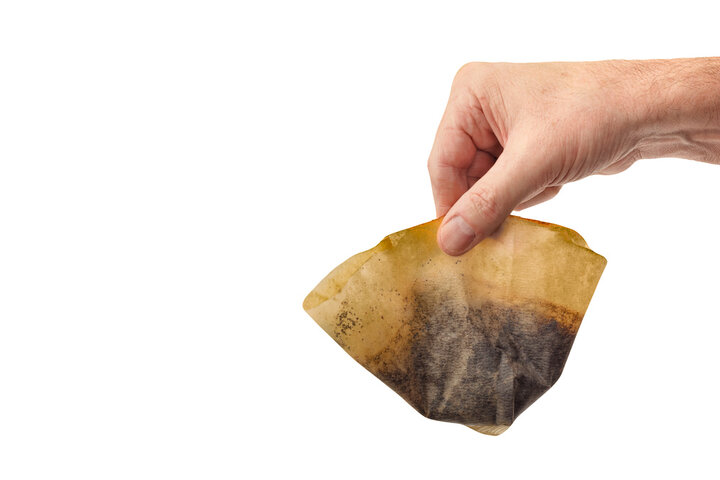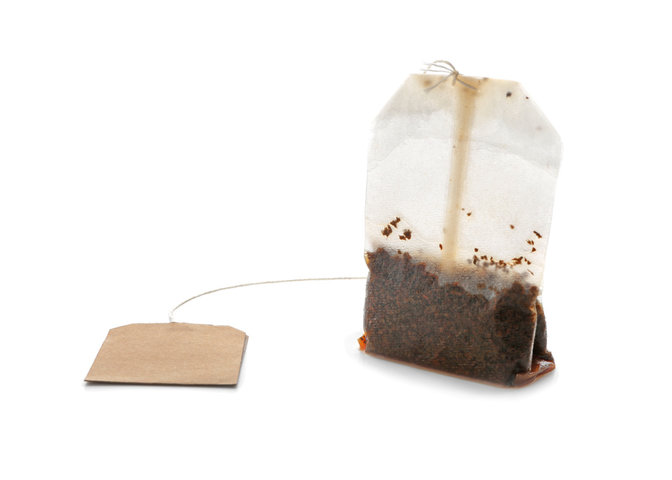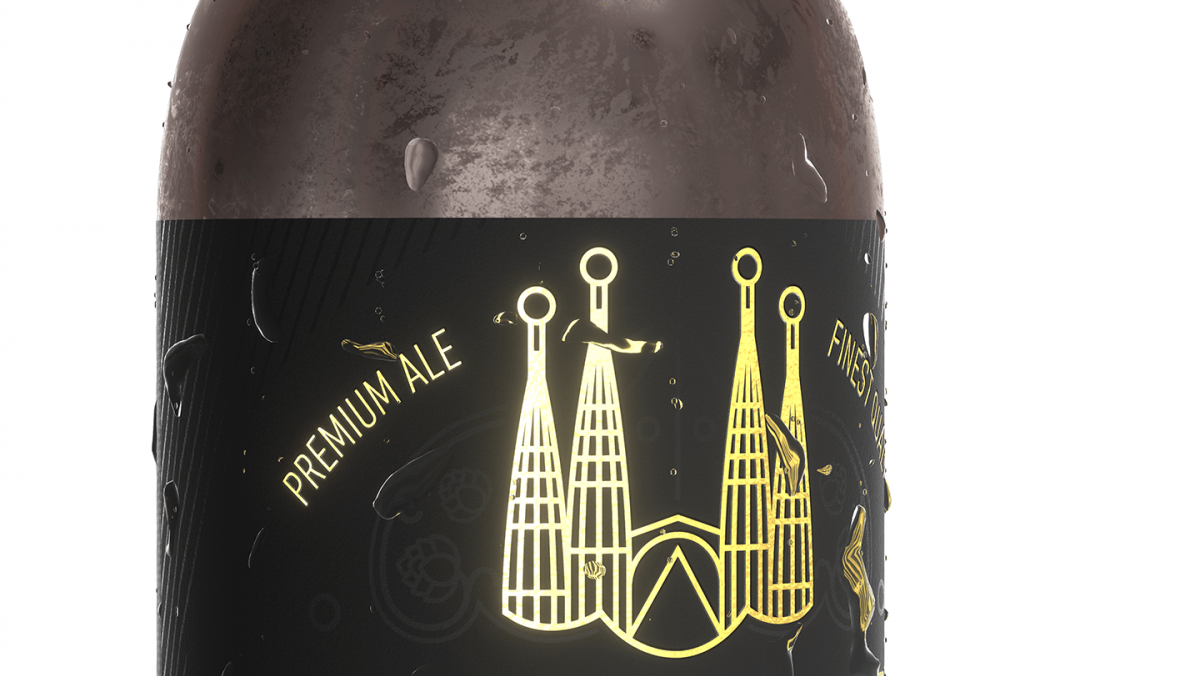
Wet strength paper is designed to resist breaking down when exposed to moisture, unlike regular paper that weakens when wet. This durability makes it essential for packaging, labels, and food-related applications. But what gives it this unique strength?
In this post, we’ll explore what wet strength paper is, how it works, and why industries rely on it. You’ll learn about its key properties, how it’s made, and how advancements in papermaking have improved its performance over time.

How Wet Strength Paper is Made
Key Raw Materials Used
Wood Pulp and Fiber Selection
Wet strength paper starts with high-quality wood pulp, typically sourced from hardwood and softwood trees. Hardwood fibers provide smoothness and printability, while softwood fibers add strength. The right balance ensures durability without sacrificing flexibility. Recycled fibers can be used, but they may require additional chemical treatment to achieve the same level of wet strength.
Synthetic Fibers for Improved Strength
To enhance durability, synthetic fibers like polyester or nylon are sometimes blended with natural fibers. These fibers resist water absorption and reinforce the paper’s structure, making it stronger in wet conditions. This blend is common in industrial-grade wet strength papers that require extended exposure to moisture.
The Role of Chemical Additives in Improving Wet Strength
Wet Strength Resins and Bonding Agents
Chemical additives play a crucial role in wet strength enhancement. The most common resins include:
| Resin Type | Key Benefits | Common Applications |
| Urea-formaldehyde | Improves initial wet strength, cost-effective | Food packaging, napkins |
| Melamine-formaldehyde | Higher durability, better chemical resistance | Medical-grade wipes, labels |
| Polyamide-epichlorohydrin (PAE) | More eco-friendly, strong long-term wet strength | Industrial sacks, heavy-duty paper |
How These Chemicals Interact with Paper Fibers
Wet strength resins form cross-links between fibers, creating a water-resistant network. When exposed to moisture, these bonds prevent paper from disintegrating, allowing it to maintain integrity even when wet. The degree of chemical treatment depends on the intended use—food-grade paper requires different formulations compared to industrial-grade variants.
The Manufacturing Process
Pulping and Fiber Preparation
Mechanical vs. Chemical Pulping: Mechanical pulping grinds wood into fibers but retains lignin, which can weaken wet strength. Chemical pulping removes lignin, resulting in stronger, more flexible fibers.
Fiber Refining Process: Fibers are refined to improve bonding ability. This step enhances paper strength and improves its ability to absorb wet strength agents.
Chemical Treatment Process
Wet strength agents are added during the wet-end stage of papermaking, when pulp is still in liquid form.
The chemicals penetrate the fibers, ensuring even distribution. Higher concentrations result in stronger wet resistance.
Some papers undergo post-treatment to enhance strength further, especially for industrial or long-term applications.
Pressing, Drying, and Final Finishing
Impact of Drying Methods on Wet Strength Performance: Air drying allows natural fiber bonding, while heated drying accelerates resin activation, strengthening the final product.
Surface Treatments for Enhanced Durability: Some papers receive coatings like water-repellent films or additional resin layers to improve performance in extreme conditions.

Properties and Characteristics of Wet Strength Paper
Key physical properties
Wet tensile strength and resistance
Wet strength paper is designed to maintain its strength even when exposed to moisture. This property is critical for applications like napkins and wipes, where the paper must not tear or lose structure when wet. Wet tensile strength is usually measured by the paper’s ability to withstand tension when soaked.
Tear resistance vs. regular paper
Wet strength paper is far superior in tear resistance when compared to regular paper. This is due to the chemical additives that bond the fibers more strongly, providing extra durability in wet conditions.
| Property | Wet Strength Paper | Regular Paper |
| Tear Resistance | High resistance, doesn't tear easily when wet | Low resistance, tears more easily when wet |
| Tensile Strength | Retains strength even when wet | Loses strength rapidly when wet |
| Durability in Moisture | Excellent durability in moisture-rich environments | Poor durability, may break down quickly |
Porosity and absorbency factors
Porosity refers to how much air or liquid the paper can hold. Wet strength paper is designed to strike a balance between porosity and strength. If the paper is too porous, it can weaken, while insufficient porosity may limit its absorbency.
Testing wet strength in paper
Standardized industry tests
TAPPI (Technical Association of the Pulp and Paper Industry) standards
TAPPI offers several standardized tests, such as the TAPPI T-494 method, to measure the wet tensile strength and durability of paper. These tests ensure manufacturers maintain consistent quality and comply with industrial standards.
ISO (International Organization for Standardization) benchmarks
ISO standards provide global benchmarks for evaluating the wet strength of paper. For instance:
ISO 287 measures moisture content, important for understanding the paper's response to environmental changes.
ISO 536 is used to determine the grammage (weight) of paper, a key indicator of its strength and performance.
How manufacturers ensure quality control
Testing under different environmental conditions
Manufacturers test wet strength paper under varying conditions such as humidity, temperature, and exposure to liquids. This ensures the paper maintains integrity in real-world environments, including storage and usage situations.
Common failure points in wet strength paper
Common issues that manufacturers look for include:
Delamination: The separation of layers in the paper, which compromises its strength.
Excessive swelling: This occurs when paper absorbs too much moisture and loses its form.
Breakage: Some papers may not withstand tensile stress once wet, especially if the chemical treatment is insufficient.
Applications of Wet Strength Paper
Wet strength paper is widely used across multiple industries due to its durability and moisture resistance. From food packaging to medical uses, its versatility is key.
Food and beverage industry
| Application | Description |
| Tea bags | Wet strength paper ensures durability and resistance to moisture, essential for tea bags that are exposed to water. |
| Coffee filters | Provides effective filtration while remaining intact even when wet, making it ideal for coffee brewing. |
| Food packaging | Keeps food items secure, offering strength and moisture resistance to maintain product integrity. |
| Why it’s food-safe & FDA-approved | The paper is treated with non-toxic chemicals that comply with FDA regulations, making it safe for food contact. |
Medical and hygiene applications
| Application | Description |
| Hospital-grade wipes | Essential for maintaining hygiene, these wipes are strong enough to resist tearing and remain effective when wet. |
| Medical packaging | Ensures that medical instruments and supplies are securely packaged, resisting moisture while maintaining cleanliness. |
| Sterile environments | Wet strength paper helps maintain sterile conditions in medical settings by withstanding exposure to moisture without breaking down. |
Industrial applications
| Application | Description |
| Cement bags | Wet strength paper provides added durability and moisture resistance for cement bags, which are exposed to harsh industrial conditions. |
| Heavy-duty packaging | Used in various industrial products, it ensures that packaging remains intact despite exposure to moisture and rough handling. |
| Labels for wet environments | Labels on beverage bottles or chemical containers made from wet strength paper resist tearing or fading when exposed to liquids. |
Printing and decorative uses
| Application | Description |
| Greeting cards | Wet strength paper offers durability and moisture resistance, ensuring cards last longer even in humid conditions. |
| Posters | Maintains vibrant prints and clarity, even when exposed to moisture or wet environments. |
| Specialty packaging | Ideal for packaging that needs to remain intact and visually appealing in damp or wet environments. |
| Ink compatibility | The paper’s texture holds ink well, ensuring high-quality prints that won’t smudge or fade when wet. |

Different Types of Wet Strength Paper
Wet strength paper comes in various forms, each tailored to specific needs. Differences in resin content, coatings, and special treatments make each type suitable for particular applications where moisture resistance and durability are critical.
High wet strength vs. moderate wet strength papers
High wet strength paper is treated with a high amount of synthetic resins, which provide exceptional moisture resistance and durability. This type of paper is essential for industrial and heavy-duty applications, such as packaging for chemicals or cement, where exposure to moisture is frequent and paper must retain its strength and integrity under harsh conditions.
Moderate wet strength paper has a lower resin content, making it more absorbent but less resistant to moisture compared to high wet strength paper. It is commonly used in lighter applications like food packaging, medical wipes, and napkins, where the paper is exposed to limited moisture or needs to absorb liquid but does not require long-lasting strength.
Coated vs. uncoated wet strength papers
Coated wet strength paper is treated with a water-repellent coating, making it resistant to moisture. The coating prevents the paper from absorbing liquids, which is particularly useful in packaging for beverages, take-out containers, or even disposable cups. It ensures that the paper maintains its structure and durability when exposed to liquid, ensuring product safety and longevity.
Uncoated wet strength paper retains its natural absorbency, allowing it to soak up liquids. This type of paper is ideal for applications like medical wipes, food napkins, and certain food packaging where absorbing moisture is necessary. It is less resistant to moisture and will begin to break down more quickly when exposed to large amounts of liquid, but it provides the needed absorbency for these applications.
Specialty wet strength papers
Oil-resistant wet strength paper is treated specifically to resist oils and grease, making it perfect for applications in the food industry. It is commonly used for packaging fried foods, snacks, or fast food, as it prevents oil from leaking through the packaging and maintains the paper’s strength, keeping the contents safe and clean even when exposed to greasy substances.
Greaseproof wet strength paper is designed to prevent grease from penetrating through the paper, making it ideal for wrapping greasy foods like fried chicken, burgers, or pizza. It helps ensure that grease does not stain or leak from the packaging, keeping the food dry and maintaining a clean appearance while ensuring that the paper doesn't degrade due to grease exposure.
Reinforced wet strength paper for heavy-duty use offers increased durability, designed for demanding industrial applications. This type of paper is reinforced with extra layers or fibers to provide exceptional strength, making it suitable for packaging heavy-duty items or products that are exposed to moisture, rough handling, and wear. It's commonly used for shipping materials, heavy machinery packaging, and protective liners.
Factors Affecting the Performance of Wet Strength Paper
Influence of fiber quality and composition
The type of fibers used in wet strength paper plays a major role in its performance. Hardwood fibers are short and thick, giving the paper strength, while softwood fibers are long and flexible, improving wet strength. Combining these fibers creates a balance of durability and flexibility. Recycled fibers, while eco-friendly, tend to weaken wet strength unless processed properly.
The impact of different chemical treatments
Chemical treatments, especially resins, significantly affect wet strength paper’s moisture resistance. Synthetic resins like urea-formaldehyde offer high wet strength but reduce biodegradability. In contrast, natural resins are more sustainable but may not provide the same level of moisture resistance. Finding a balance between strength and environmental impact is essential for manufacturers.
Effects of environmental conditions on wet strength paper
Environmental conditions can weaken wet strength paper over time. High humidity leads to moisture absorption, reducing strength, so manufacturers reinforce the paper for durability. Exposure to chemicals can break down fibers, reducing moisture resistance. Long-term exposure to moisture, temperature, and UV radiation can degrade the paper’s strength, requiring materials designed for extended durability.
How to Choose the Right Wet Strength Paper
Choosing the right wet strength paper involves understanding the application requirements, durability needed, and paper specifications. Knowing what to look for will help ensure the paper meets specific needs for your project.
Key considerations before purchasing
Application and industry needs
Different industries require different levels of wet strength. For example, the food industry needs moisture-resistant paper, while medical packaging may require stronger options. Understand your application’s specific demands before making a choice.
Durability and strength requirements
The strength of wet strength paper depends on resin content. Heavy-duty applications like cement packaging need high strength, while lighter applications like food packaging may need less. Consider how much moisture exposure the paper will face.
Understanding paper specifications
Basis weight and thickness
Higher basis weight means thicker and stronger paper. When choosing paper, consider both its thickness and strength, as they determine how well it will handle the required application.
Wet tensile strength
Wet tensile strength measures the force the paper can withstand when wet. This is crucial for applications requiring paper to maintain strength in moist conditions, such as beverage packaging or cement bags.
Chemical treatment levels
Chemical treatments, especially resins, affect the paper’s strength. Synthetic resins offer high wet strength, while natural resins are eco-friendly but might provide less resistance. Choose the treatment that meets your performance and sustainability needs.
Conclusion
Wet strength paper is unique for its ability to resist moisture and maintain strength, making it essential in industries like food packaging, medical, and heavy-duty applications. Its durability and specialized properties set it apart from standard paper, meeting the needs of diverse environments.
As technology advances, wet strength paper continues to evolve. Future innovations will likely focus on enhancing performance and sustainability. The increasing demand for high-performance materials underscores the importance of selecting the right wet strength paper for specific applications. Stay informed and choose wisely to meet your business needs.
Frequently Asked Questions (FAQ)
Is wet strength paper waterproof?
Wet strength paper is moisture-resistant but not completely waterproof. It can handle moisture exposure but may degrade over time.
Does it contain harmful chemicals?
Wet strength paper often uses synthetic resins, which are regulated for safety. Always check manufacturer specifications for chemical content and certifications.
Can wet strength paper be recycled?
Recycling wet strength paper is challenging due to chemical treatments. However, eco-friendly alternatives and specialized recycling methods are being developed for better sustainability.


























